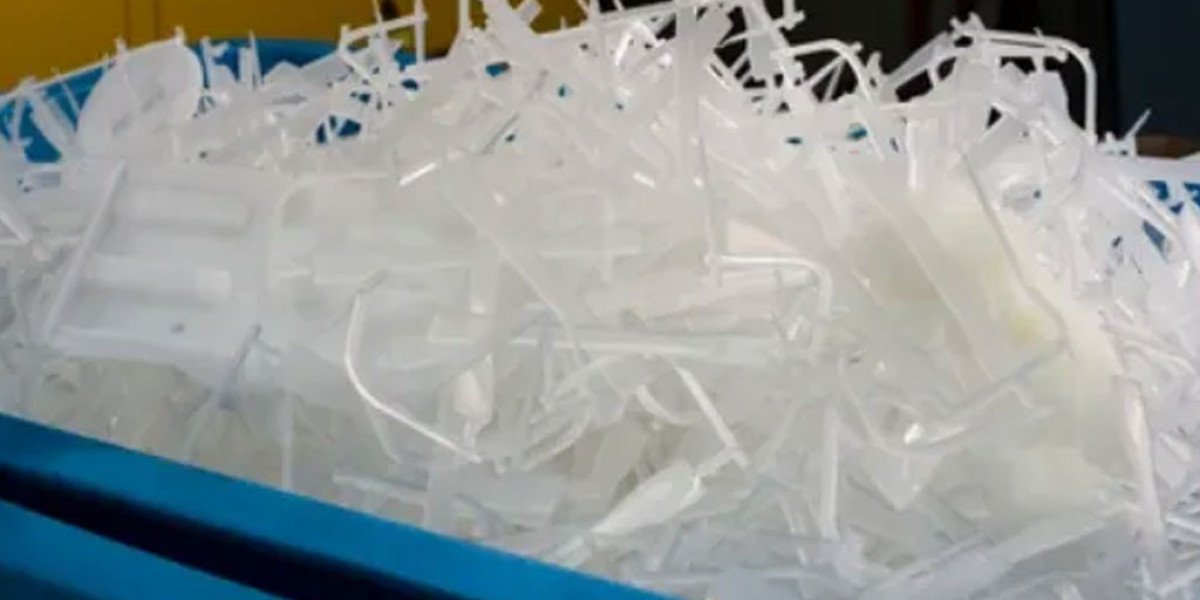Previously, 3D printing with copper was a challenge due to its reflective nature and high thermal conductivity, but advances in printers and materials have largely met those early challenges. Today, 3D printed copper propulsion systems send rockets into space, 3D printed copper heat sinks keep CPUs cool, and 3D printed copper coils improve motor performance.
Why 3D Print Copper?
Copper has always been a very useful metal due to its ability to conduct heat and electricity, resist corrosion, and even kill bacteria and viruses. As 3D printing opens up more applications and possibilities for this metal, the demand for complex copper parts is growing.
3D printing (also known as additive manufacturing) is able to produce exceptionally complex shapes, fine details, internal structures, and lattice infills that are not possible with any other type of metal manufacturing. These capabilities reduce weight, increase efficiency, and shorten manufacturing and assembly time because multi-part components can be 3D printed as a single unit.
3D printing also enables more efficient manufacturing of this relatively expensive metal, reducing waste because it only uses the amount of material needed for each part. For companies interested in 3D printing beryllium copper, reducing raw material costs is critical.
If you already produce custom copper parts, you can significantly reduce production costs while optimizing part performance through 3D printing.
Read on to learn more about the technology and 3D printers that are enabling engineers, manufacturers, and designers to reimagine what is possible with copper.
While there aren’t many 3D printers that can print with copper, there are still a wide variety of printing technologies and prices.
FDM printers using copper-filled plastic filament can produce copper jewelry, decorative items, and other parts that are nearly 100% copper. And for more advanced manufacturing, 3D printers using copper powder, rods, or copper and polymer slurries produce industrial parts with superior mechanical and conductive properties that meet international standards such as IACS (International Yearbook Copper Standards).
Copper Powder Bed Fusion 3D Printers
Powder bed fusion is one of the most popular methods of custom metal 3D printing, and several machine manufacturers have recently introduced copper to their list of material options. Processing powders using lasers has presented a hurdle for manufacturers due to copper’s highly reflective nature. However, the technology and materials have evolved to meet the challenge.
For example, 3D printer manufacturer Trumpf has developed an industrial green laser that makes it possible to 3D print materials such as copper, copper alloys, and precious metals that are difficult to process with infrared wavelengths.
Two metal 3D printing powder bed technologies, DMLS (direct metal laser sintering) and EBM (electron beam melting), work by laying a thin layer of copper powder on top of a platform inside the printer. The powder heats while a laser or electron beam traces the first layer of the part. As the particles in the layer fuse, the platform is lowered slightly into the build chamber with fresh powder deposited on top, and the process repeats. Some of the copper powder left over from the process can be recycled for the next print.
Copper Binder Jet 3D Printer
Copper powder is combined with a liquid binder and then sintered in a furnace is a 3D printing investment casting and other method called binder jetting, which produces parts without the need for support material. Binder jetting is a heatless process that sprays a binding layer between each layer of metal: the binder is later removed during the sintering process.
Binder jetting is a common method for additive manufacturing of a large number of metal parts.
Copper FDM and Bound Metal Deposition 3D Printers
The most economical way to 3D print copper parts is with a machine that extrudes filament. Metal filaments used to print metal parts consist of a plastic base with metal particles uniformly infused inside. Copper-infused filaments for copper parts are a unique type of composite filament that, when used properly, can produce strong, chemically resistant and nearly solid metal parts.
Almost any fused deposition modeling (FDM) printer can print nearly solid metal parts with copper-infused polymer filaments. Currently, the only option on the market is from filament manufacturer Virtual Foundry. The company says its copper filament will print on any filament 3D printer with a hardened nozzle and hot end that can reach 225oC. However, the parts are not metal on the print bed and require an additional step after printing to melt the polymer binder, leaving only the metal.
Other types of copper filament have enough real copper particles inside to polish and have a metal-like weight, but these are for decorative purposes.
A Chilean company called Copper 3D produces a copper-filled filament that doesn’t produce metal parts, but rather a filament with copper’s antimicrobial and antibacterial properties. According to the company, NASA is even testing this filament for “interplanetary microbial contamination.”
In addition to mainstream FDM printers, two other extrusion filaments also offer copper, but these use their own proprietary materials. Desktop Metal uses a bound metal filament, while Mark Forge uses a similar metal powder that is bound in a plastic matrix. Printers from these manufacturers produce solid metal parts for industrial uses, such as machine tools, induction coils, heat sinks, and functional prototypes.
Copper Cold Spray and DED 3D Printers
While these two metal 3D printing methods are not usually grouped together, we’re grouping them together here because they typically apply metal parts to be coated with another metal and build metal parts layer by layer from metal powder.
Directed Energy Deposition (DED) is a system developed by New Mexico Optical for creating, enhancing, and repairing metal components. Similar to SLS, high-powered lasers in DED build 3D structures layer by layer, producing parts with high density and strength that are ideal for mechanical applications. In 2019, Optomec developed a new copper DED process for producing heat exchangers for aerospace, chemical processing, and other industrial applications.
Spee3D’s WarpSpee3D is unique in that it uses supersonic 3D deposition to produce parts from a range of metal powder feedstocks, including copper and 3d printed aluminum parts.
Cold spray is an additive manufacturing technique that injects metal powder into a supersonic stream of pressurized gas. Instead of melting the metal, cold spray bonds the metal together in a process called plastic deformation. Companies such as Spee3D use cold spray technology to apply antimicrobial copper coatings to doors, handrails, and touch panels for use in hospitals, schools, and other public spaces.
Cold spray is also the fastest metal 3D printing method. Spee3D printed a 17.9kg aerospace rocket nozzle liner out of pure copper on a WarpSpee3D in about three hours, the company said.
One drawback of DED and cold spray is that they are limited in the production of complex geometries.
Photopolymerization
Metal DLP 3D printing is similar to resin 3D printing in that it uses ultraviolet light projected onto a photosensitive paste, which solidifies layer by layer. Instead of resin, metal DLP printers use a liquid polymer filled with metal powder and a small amount of binder. Once the parts are printed, they have more steps to go through before the final metal part. Metal DLP is highly prized for its fine detail.
California-based startup Holo recently completed a facility where it plans to 3D print pure copper parts on its proprietary 3D printer, which are not for sale. Holo will focus on high-performance computers








